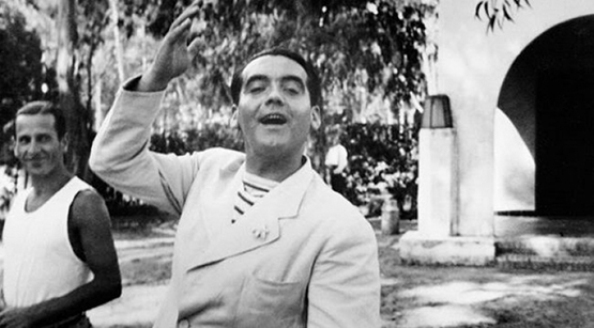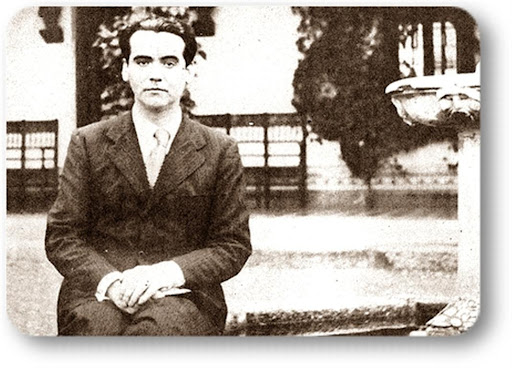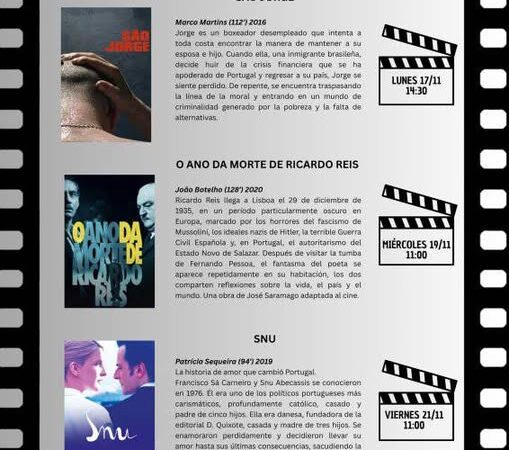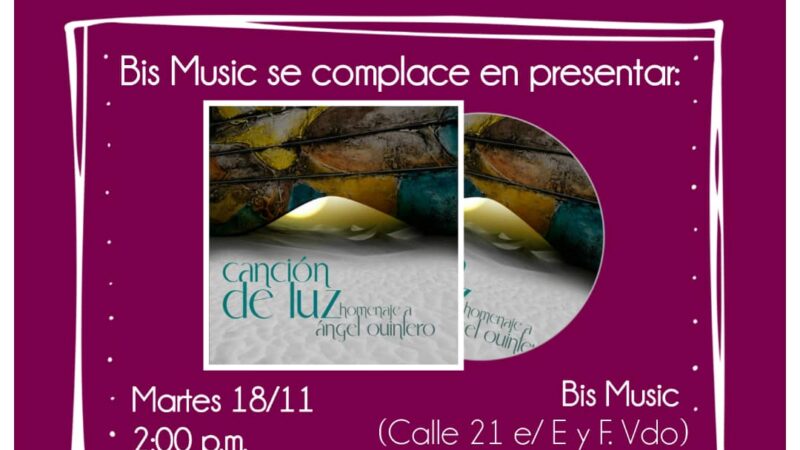García Lorca, Cuba, and the Triumph of Cultural Exchange

Invited by the Hispano-Cuban Society of Culture, chaired by Fernando Ortiz, Federico García Lorca arrived in Havana after his stay in New York to deliver a series of lectures from March 9 to April 6, 1930. His talks included topics such as The Mechanics of Poetry, Imagination, Inspiration and Evasion, Paradise Closed to Many, Gardens Open to Few, A Seventeenth-Century Gongorine Poet, Spanish Lullabies, The Poetic Imagery of Luis de Góngora, and The Architecture of Cante Jondo.
According to researcher Pío E. Serrano, the Cuban experience provided a refreshing surge of vitality for the poet. Serrano notes that in this setting, Federico reconnected with religious practices that were warmer and more expressive than the Protestant austerity he had known. He discovered a spontaneous and tactile human closeness.
Simplicity, humility, and warmth defined Lorca’s presence. While he did not ignore the tense political climate, which included demonstrations against President Gerardo Machado, he immersed himself in Cuba’s cultural life and connected with much of the island’s population.
Writer Juan Marinello recalled the reception of the poet, describing Lorca’s lectures as informal and warm, overflowing with charm and improvisation, far removed from the solemnity typical of such events. José Lezama Lima later described during a reading at the University of Havana that Lorca’s bond with Cuba’s nature, people, and culture endowed him with a luminous, elevated vision.
This vision resonated not only with his own sensibility but also in the hearts of Cubans, who saw him not just as a friend but as a brother, bound by the warmth of his humanity and his work. In Cuba, Lorca completed Poet in New York, sketched El público, and drafted fragments of Yerma and Doña Rosita the Spinster. He also left a lasting testament of his time in Cuba with the piece Son de negros en Cuba.

One of his closest friends, Cuban scholar José María Chacón y Calvo, felt guilt throughout his life for having helped finance Lorca’s return journey by lending him 250 pesetas for the train fare. After leaving Cuba, Lorca returned to his homeland and, along with Eduardo Ugarte, led the university theater group La Barraca. He later traveled to Argentina in 1933, and upon returning to Spain the following year, he found that political tensions and agitation against the Second Republic had become increasingly evident.
After the unrest that erupted in July 1936, marking the beginning of the Spanish Civil War, Lorca received offers of diplomatic asylum from Colombia and Mexico. Yet, he chose to remain with his family. He stayed at the home of his friend Luis Rosales and his politically active brothers. There, he was arrested by the Civil Guard, taken to Víznar, confined in an improvised cell, and killed on August 18, 1936, alongside other detainees, including the teacher Dióscoro Galindo. Lorca was just 38 years old at the time of his death.
Translated by Luis E. Amador Dominguez
Federico García Lorca in Havana. Photo: https://www.nodalcultura.am/



